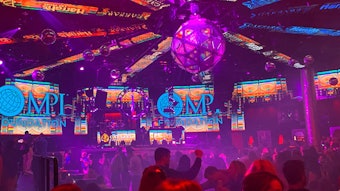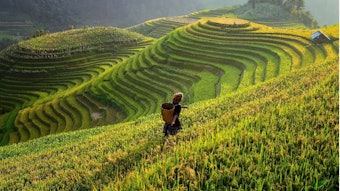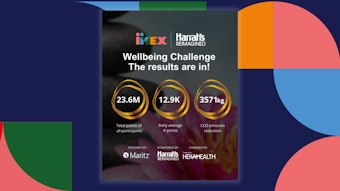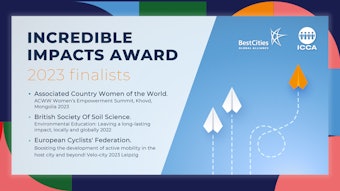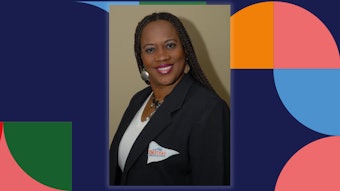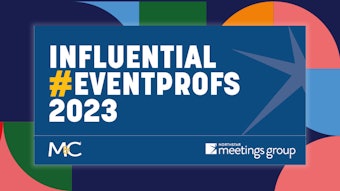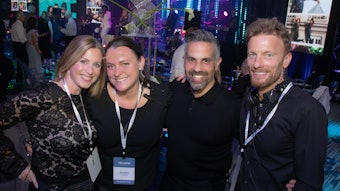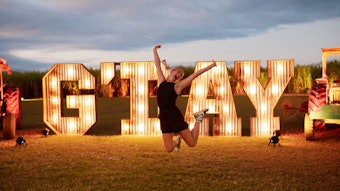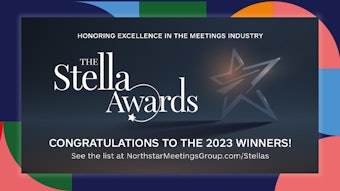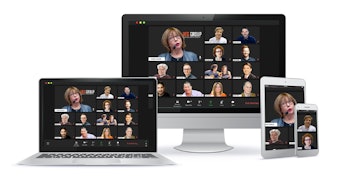RAI Amsterdam looks ahead to sustainability
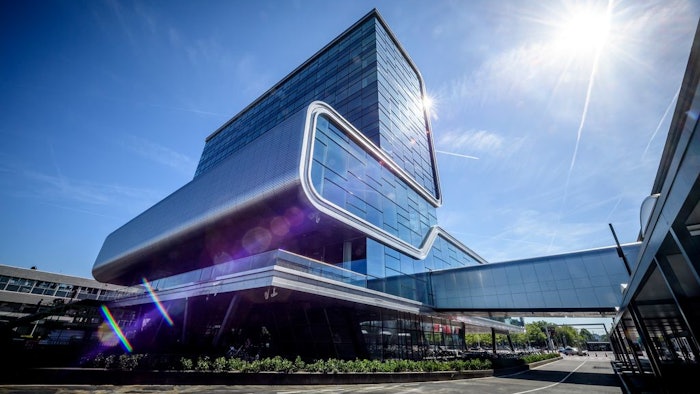
RAI Amsterdam is working toward making the RAI Amsterdam complex even more sustainable in the years ahead. Here, Real Estate Manager Paul Segaar and Sustainable Property Program Manager Isabella de Kock share their thoughts on the RAI’s direction.
Q: What are the ambitions of RAI Amsterdam in terms of sustainability?
Paul Segaar: At RAI Amsterdam we feel a strong sense of responsibility toward our local surroundings and are working hard to operate in the most sustainable way possible. Environmental legislation for buildings is becoming increasingly stringent, adding to a challenge that we’re pleased to face head-on. Our oldest building, the Europahal, was built in 1961. It’s fantastic that we’re still able to use this hall, which is in itself an example of sustainability. The issue, of course, is that the building was not constructed with today’s insights so we’re conducting research and making significant investments to ensure our current real estate is more sustainable and energy efficient.
Q: What sort of partnerships is RAI Amsterdam looking at for these goals?
Isabella de Kock: It is impossible to become more sustainable on your own. That’s why we embrace initiatives such as the Energy Table, where we work closely with public and private parties on ways to make the RAI complex more eco-friendly. Together we look critically at what’s possible both now and in the future to operate more sustainably and have a positive impact on our neighborhood and the wider city.
Paul: In the field of energy, we follow the Trias Energetica model—the three steps to more sustainable consumption. The first is to use less energy and, if that's not an option, to at least try and generate as much of your own energy as possible. And if you do have to use fossil fuels, make sure your consumption is as efficient as possible. In practice, we have installed no less than 3,970 solar panels on our own roofs and also partner with Vattenfall to use district heating based on waste heat recovery from industry. In addition, we hope to eventually connect to the so-called cold network where cooling comes from the Nieuwe Meer lake. We are discussing with the energy supplier whether the cooling network can be extended from the Zuidas business area to the RAI. We also have seasonal thermal energy storage and use 100% green energy for the electricity we still have to buy. Virtually no gas is used.
Q: What steps is the company taking to reduce energy consumption?
Isabella: The first important step is to reduce your energy consumption. That’s something we can act on today within the existing infrastructure—it requires relatively little investment to achieve immediate environmental results. Energy savings also offer financial benefits. We have identified the largest consumption items and investigated whether use can be reduced. A good example is the heaters in the entrance to the parking garage. Major savings have been made by setting the times and temperatures differently and this has not had a negative impact on functionality. We have systematically checked all electrical installations and adjusted their settings where possible. I expect us to use about 25% less electricity this year than in a comparable year with comparable occupancy. And that's without new installations or other measures being put in place! We have also made our colleagues more aware of ways they can save energy and take part in the Zuidas turn off the lights initiative, which means proactively turning off office lights at the end of the working day. It may seem obvious, but it helps to be more conscious about such things.
Q: How is RAI Amsterdam working to become more energy self-sufficient?
Paul: Reducing consumption makes our goal to become self-sufficient in terms of energy more realistic. We still have lots of space available on the roofs so are planning to install more solar panels. We also want to distribute that energy better between the peak loads during full-event occupancy and the days when much less energy is consumed. As feeding back to the grid is not always a good option, we are working with grid operator Liander on options for storing the energy we generate in batteries and using it later.
Q: What is the company doing to manage water and biodiversity?
Isabella: In addition to energy consumption, the Energy Table initiative is also involved with water management and biodiversity on and around the RAI complex. More rain is falling in a shorter time and the city is becoming denser. This makes it increasingly difficult for water to drain away, and we also see water from other parts of the city flowing our way. One of the ideas we’re exploring is to create an urban water buffer, a place on our site where water is temporarily collected during heavy rain showers. Green roofs and walls also help, with the added bonus that they provide insulation and reduce heat stress. Such plants are also important for birds and insects, further promoting biodiversity. And let’s not forget that locations with lots of greenery are far more attractive and enhance the overall visitor experience.
Q: What about RAI’s plans for new construction?
Paul: It’s relatively easier to be sustainable with new constructions. The RAI’s master plan envisages placing most of the logistics underground as we add several new buildings to the complex in the next five or so years. These will, of course, be well insulated, energy efficient and follow circular principles as much as possible. That said, we still prefer to renovate rather than demolish and take our sustainable principles into account during every upgrade. Insulation is applied wherever possible and useful, and we will be connecting toilets to the rainwater buffers in the future. We also rarely throw anything away during renovations, always looking into how elements can be reused. When an installation needs to be replaced, we examine the possibilities of both new and reused ones. This might just be common sense, but it is sustainable too.
Q: How are event organizers helping with the company’s plans?
Isabella: Organizers are increasingly asking us what we are doing in the field of sustainability and actively looking for ways to contribute themselves. We have established several clear principles for this and welcome every opportunity to discuss them with the event team and the organizers. Examples include agreements about when to heat or cool a hall, ensuring lights are turned off in a timely manner and setting suitable temperatures for different rooms. Darkening a hall can also save a lot of energy on sunny days and all such forms of cooperation are highly appreciated.
Paul: We can prove the effects of such actions with the Bright Building tool, which monitors the performance of installations and makes clear how much can be saved by making certain choices. This kind of data is also important for organizers as it allows them to report on the sustainability performance of their event.
Isabella: The overall message here is that we all have to be more sustainable, and no-one can achieve much in isolation. At the RAI we work with the city council, external experts and organizers to operate in the most eco-friendly way possible. And that applies to both the short and the long term. While plans are important, everything you can save today has an immediate effect on tomorrow.
>> rai.nl
>> Booth E2216
